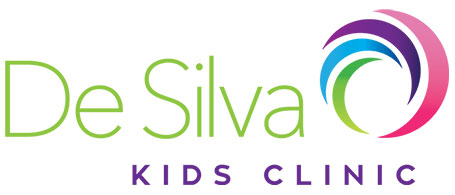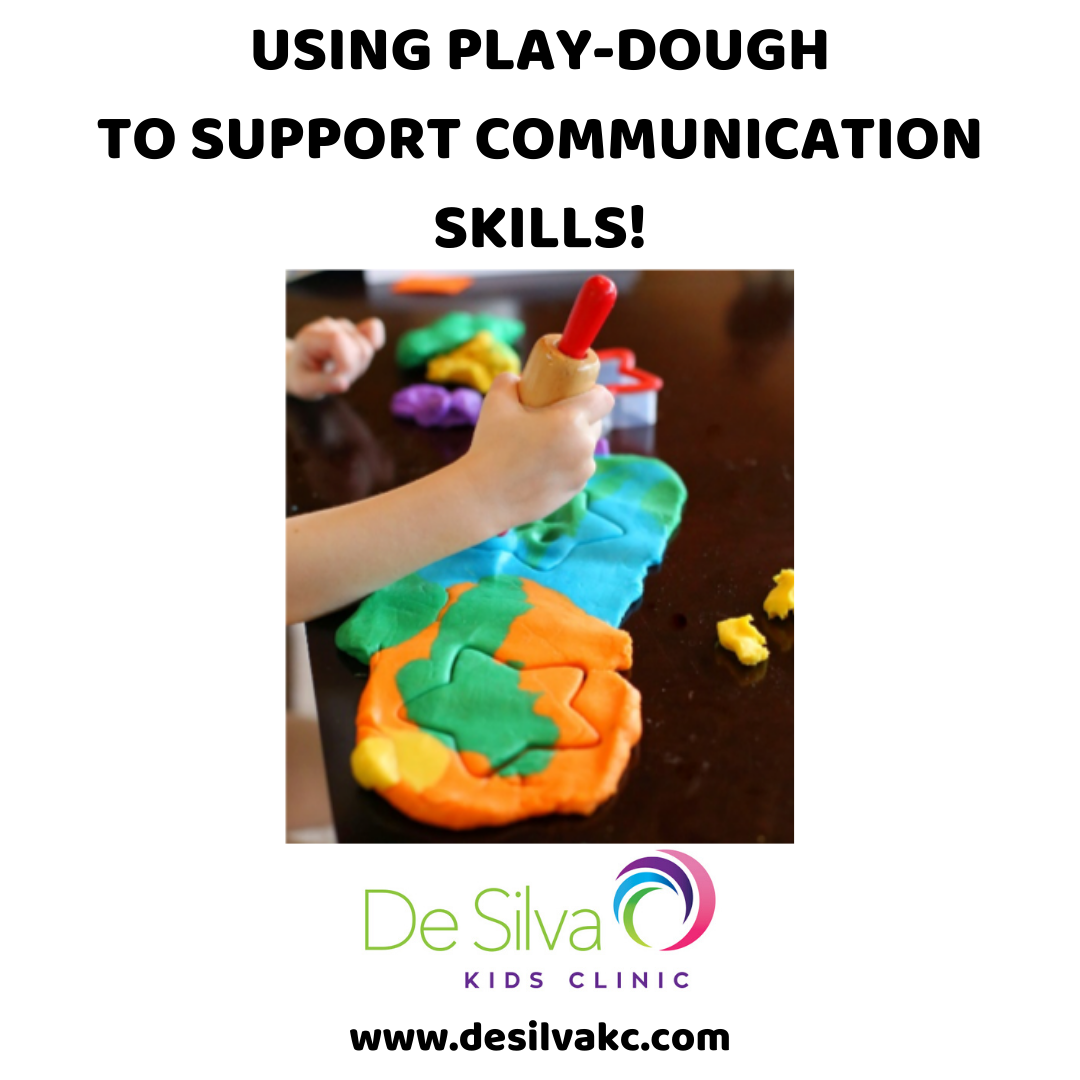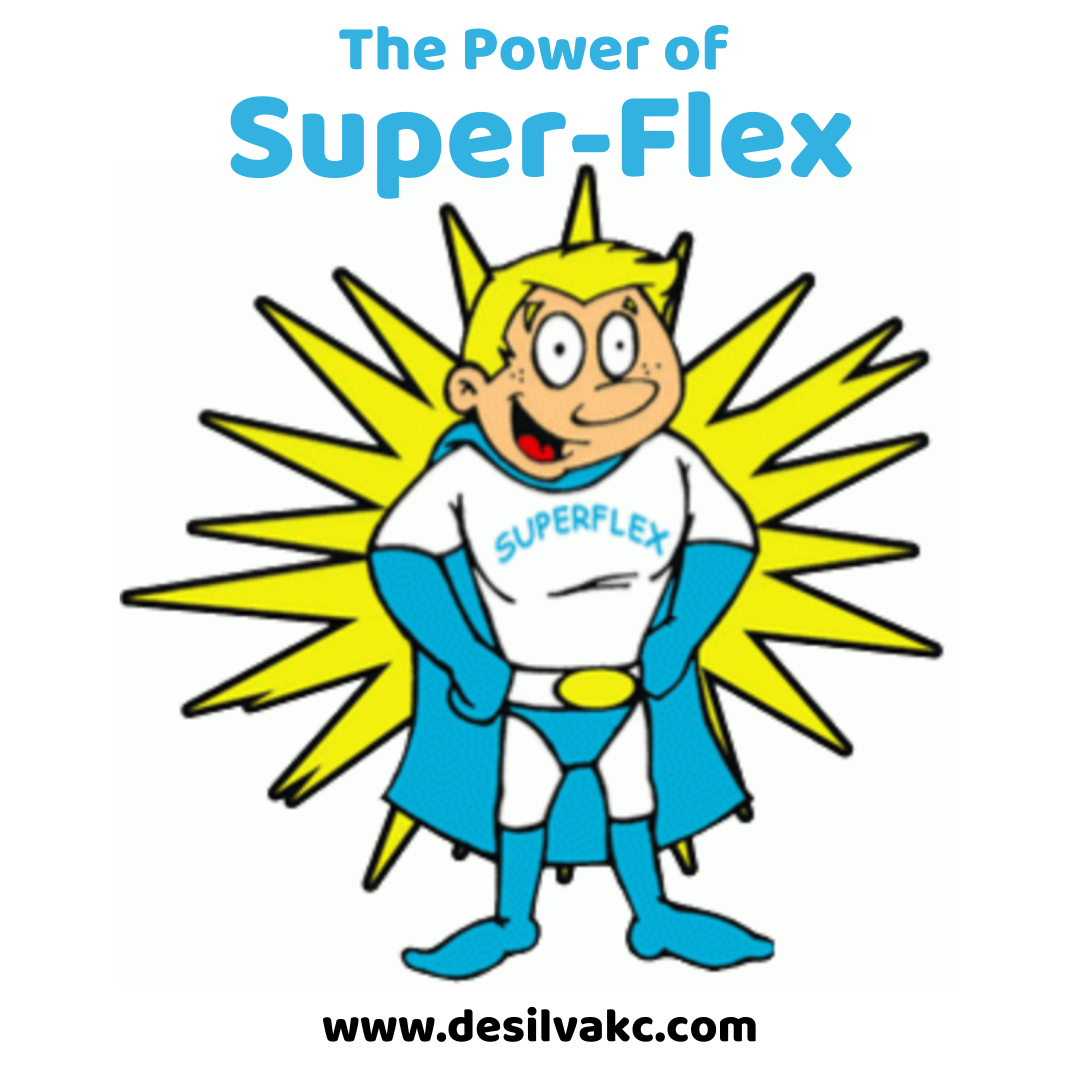Parallel play involves children playing next to each other in the same area with their own toys.
To target this play skill:
- Have two sets of the same toy set out on the floor
- Put a little bit of distance between yourself and your child
- Play with the toys separately
- Be sure to talk to your child about what you are doing and comment on what they are doing!
RECIPROCAL PLAY
Reciprocal play involves engaging in a play activity with another person. Many language skills can be targeted when engaging in reciprocal play (turn taking, sharing, verbal communication, following directions – just to name a few!).
When your child has mastered the above play skills, encourage them to engage in reciprocal play. You can do this using any play activity or game that involves two people. Examples include pop-up-pirate, throwing and catching a ball, board games and using blocks to build a tower.
If you have any concerns about your child’s play skills, call us today and have a chat about whether there is any way we can help you.
Written by Sarah Pritchard – Speech Pathologist at De Silva Kids Clinic.







